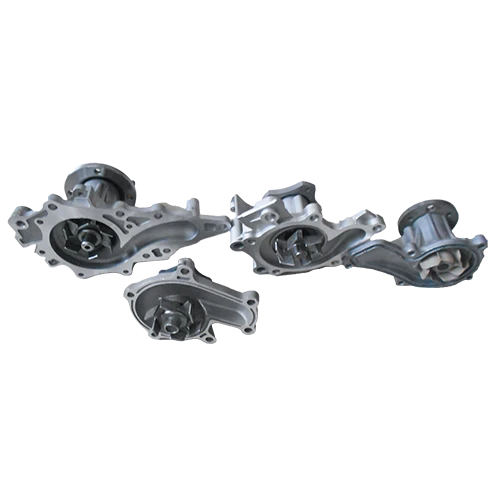Mobile:+86-311-808-126-83
Email:info@ydcastings.com
304 stainless steel casting
The Versatility and Benefits of 304 Stainless Steel Casting
304 stainless steel is a widely utilized alloy renowned for its outstanding corrosion resistance and versatility. It contains 18% chromium and 8% nickel, which contribute to its excellent mechanical properties and adaptability to various applications. One of the most effective ways to leverage the advantages of this alloy is through the casting process, which allows for the production of complex shapes and components that meet specific engineering requirements.
Understanding 304 Stainless Steel
Before diving into the casting process, it’s essential to understand the characteristics of 304 stainless steel. This alloy is non-magnetic and has a high resistance to oxidation and corrosion, making it suitable for environments that can be hostile to other metals. It also boasts good weldability and formability, making it a preferred choice in manufacturing and construction industries. As a result, 304 stainless steel can be found in various applications, ranging from kitchen equipment to chemical processing plants.
The Casting Process
Casting is a manufacturing process where liquid material is poured into a mold and allowed to solidify into the desired shape. For 304 stainless steel, the casting process usually involves melting the alloy, which can be achieved through electric arc furnaces or induction furnaces, followed by pouring the molten metal into molds. Once cooled, the resulting component is cleaned, inspected, and often heat-treated to enhance its mechanical properties.
There are several methods of casting 304 stainless steel, including sand casting, investment casting, and lost-wax casting. Each method offers unique advantages depending on the complexity of the design, required tolerances, and production volume. For example, investment casting is ideal for intricate designs and tight tolerances, making it suitable for components like valve bodies or precision machine parts.
Benefits of 304 Stainless Steel Casting
304 stainless steel casting

1. Corrosion Resistance The primary advantage of using 304 stainless steel is its resistance to corrosion. This makes cast components ideal for applications in marine environments, chemical processing, and food processing, where exposure to moisture and corrosive substances is common.
2. Durability and Strength 304 stainless steel has excellent mechanical strength, which allows for the production of robust components that can withstand significant stress and strain. This quality is especially important in construction and industrial applications.
3. Heat Resistance Components made from 304 stainless steel can perform well under high-temperature conditions, which is crucial for applications such as exhaust systems and heat exchangers.
4. Aesthetic Appeal The shiny, attractive finish of 304 stainless steel makes it a popular choice for visible components in architecture and design, enhancing aesthetic values in products such as handrails, kitchen fixtures, and ornamental items.
5. Recyclability Lastly, 304 stainless steel is highly recyclable, making it an environmentally friendly option. The ability to recycle without degrading the material's quality makes it a sustainable choice for manufacturing.
Conclusion
In summary, 304 stainless steel casting is a highly effective process that enables the creation of durable, corrosion-resistant components suited for a wide range of applications. Its intrinsic properties, coupled with the versatility of different casting methods, make it a preferred material in various industries. Whether for functional use or aesthetic appeal, 304 stainless steel castings offer a reliable solution that meets the demands of modern engineering.
-
Why Should You Invest in Superior Pump Castings for Your Equipment?NewsJun.09,2025
-
Unlock Performance Potential with Stainless Impellers and Aluminum End CapsNewsJun.09,2025
-
Revolutionize Your Machinery with Superior Cast Iron and Aluminum ComponentsNewsJun.09,2025
-
Revolutionize Fluid Dynamics with Premium Pump ComponentsNewsJun.09,2025
-
Optimizing Industrial Systems with Essential Valve ComponentsNewsJun.09,2025
-
Elevate Grid Efficiency with High-Precision Power CastingsNewsJun.09,2025











